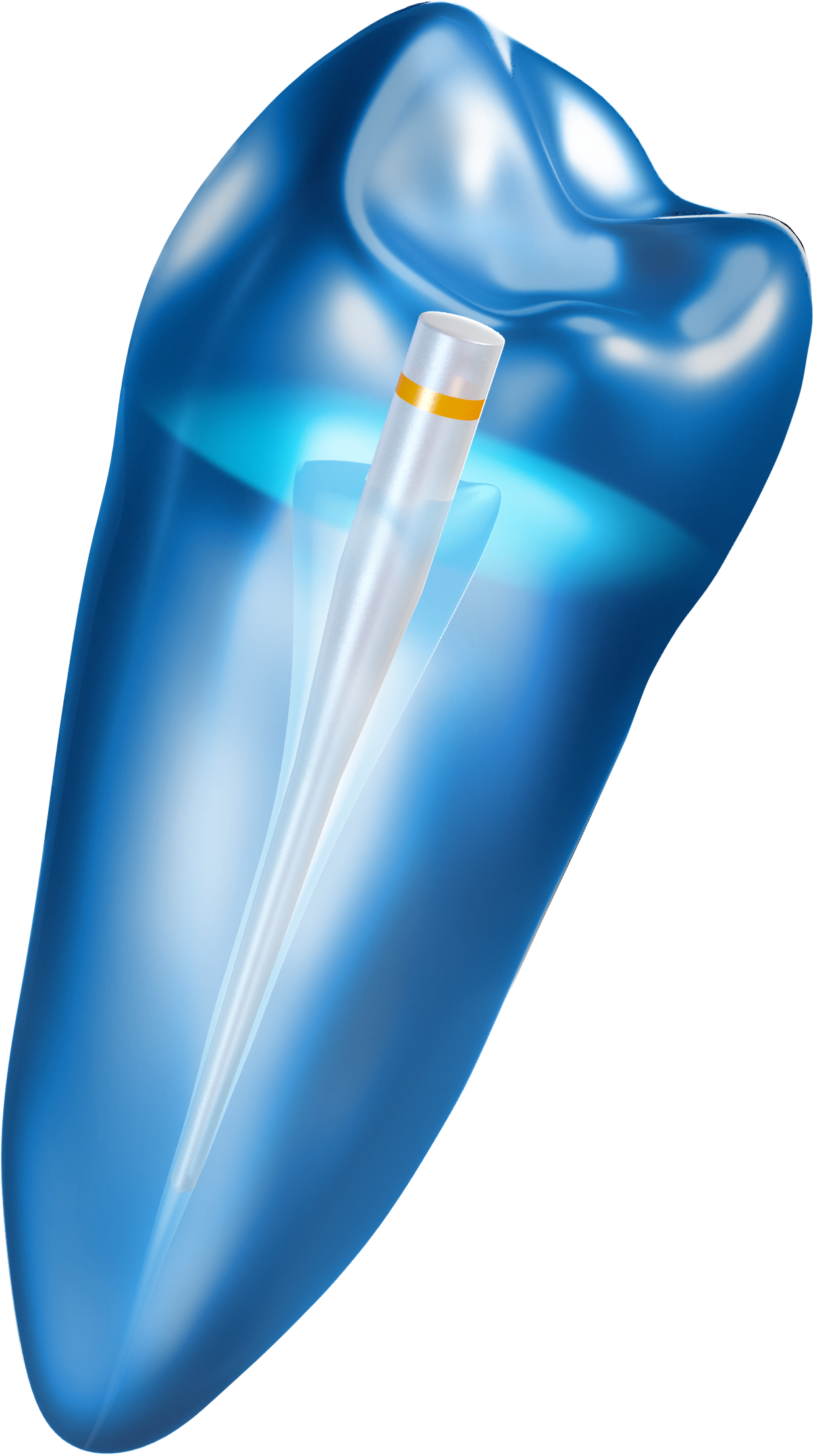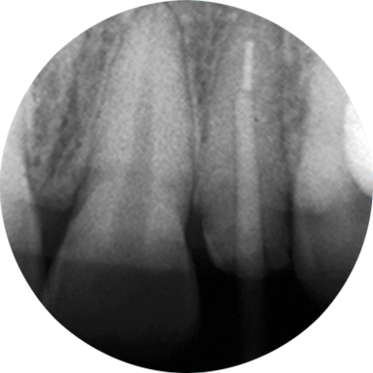This is the result of its versatility, standardization and mechanical strength of fiberglass posts Whitepost SYSTEM
Restoring endodontically treated teeth is one of the biggest challenges that the clinician faces in their daily practice. In the last decade, we evidenced an important chain of questioning about procedures that used prefabricated metallic threaded posts or molded and casted cores supported by laboratory research and clinical studies. Much of this evidence was produced by Brazilian odontology groups. However, nowadays, we are faced with a new challenge, an avalanche of disclosures with very little evidence and total absence of longitudinal support that using fiberglass post is outdated and unnecessary.
In other words, trying to convince young practitioners to the idea that, if you use a post, you are not up to date. I use this article to reassure you, general practitioner and specialist, that mimicking the tooth structure during the restorative procedure is important and recommended, making use of well built adhesion associated with materials with mechanical properties similar to dentin and enamel, will enhance biomechanical success and therefore longevity.
However, the biomechanics of the stomatognathic apparatus haven’t changed, teeth with little structure will have, in the region of the crown limit, an elevated concentration of tensions, which favors the appearance of failures due to fracture or displacement. In this context, the unequivocal need for the use of correctly cemented fiberglass posts inside root canals is established, especially in anterior and premolar teeth with no coronal remnants.

Shorter median cone
Longer and thinner apical portion
The global dental market is full of post options with diferent geometries, sizes and compositions. Talking about the Whitepost SYSTEM is, for me, a reminder of an important part that my group and I have built over these 20 years and, at the same time, highlight the role of the Brazilian dentistry’s progress through its industry.
The worldwide respect achieved by Brazilian products such as the Whitepost SYSTEM is a source of pride for our odontology. This system has a unique feature of great versatility, achieved by 8 sizes in the DC and DC-E system and now in the DC FIT 0.4, which allows the clinician to adapt the best format to the relieved canal, reducing healthy root dentin wear.
The apical conicity also contributes to this perfect adaptation to the canal in a conservative manner. The diferent diameters in the coronal cylindrical portion enhance mechanical strength.
Another important characteristic observed in our studies is the adequate radiopacity of the Whitepost SYSTEM posts, which is critical for checking adaptation and to better orientate preservation of the restorative procedure.
I highlight the importance of using posts with a smooth surface, which results in greater strength, with a design that follows the conservative trend of contemporary endodontics, this is present in the Whitepost SYSTEM’s general context and prominently in the DC FIT 0.4 post

At the same time, the options of post systems in the national market are growing, we recently analyzed standardization in the industrial manufacturing process with analysis of the apical dimension, length, taper and geometry that is reproducible and consistent with the specifications transcribed in product packaging, fiber volume and distribution, mechanical strength, and radiopacity
Whitepost SYSTEM results are remarkable, it is the system with the greatest versatility, no other system has the diversity of coronal sizes and dimensions. And this versatility is accompanied by high standardization in all post measurements, especially at the apical limit. This gives the clinician the confidence that, when preparing with the respective drill for each post, it will adapt perfectly to the specific root canal.
We also evidenced a marked diference in the standardization of the dimensions and microgeometry of the Whitepost SYSTEM, when compared to other national systems, with the absence of damaged fibers, with well-defined cut limits in the portion, which generates safety and performance predictability.
“Using fiberglass posts
is essential when there is
no coronal retention.”Prof. Dr. Carlos José Soares
I reinforce and highlight this important concept: “Using fiberglass posts is essential when there is no coronal retention”, in order to have the conviction of what is expressed in this text is based on more than 20 years of research and clinical decision-making in the restoration of endodontically treated teeth. Making use of a system such as the Whitepost SYSTEM, which combines in a unique manner, good radiopacity, excellent manufacturing standardization, high mechanical strength and size versatility means assurance of predictability and certainty of success.
Check out a step-by-step guide to the Whitepost SYSTEM fiberglass post.

Full Professor, Department of Dentistry and Dental Materials, School of Dentistry, UFU. Coordinator of the BIAOR Research Group – Biomechanics Applied to Restorative Dentistry. Scholarship holder 1B CNPq
BIBLIOGRAPHIC REFERENCES
- Soares CJ, Rodrigues MP, Faria-E-Silva AL, Santos-Filho PCF, Veríssimo C, Kim HC, Versluis A. How biomechanics can aÉect the endodontic treated teeth and their restorative procedures? Braz Oral Res. 2018 Oct 18;32(suppl 1):e76. doi: 10.1590/1807-3107bor-2018.vol32.0076.
- Soares CJ, Pereira JC, Valdivia AD, Novais VR, Meneses MS. Influence of resin cement and post configuration on bond strength to root dentine. Int Endod J. 2012 Feb;45(2):136-45. doi: 10.1111/j.1365-2591.2011.01953.x.
- Novais VR, Quagliatto PS, Bona AD, Correr-Sobrinho L, Soares CJ. Flexural modulus, flexural strength, and stiÉness of fiber-reinforced posts. Indian J Dent Res. 2009 Jul-Sep;20(3):277-81. doi: 10.4103/0970-9290.57357.
- Rodrigues MP, Soares PBF, Valdivia ADCM, Pessoa RS, Veríssimo C, Versluis A, Soares CJ. Patient-specific Finite Element Analysis of Fiber Post and Ferrule Design. J Endod. 2017 Sep;43(9):1539-1544. doi: 10.1016/j.joen.2017.04.024
























